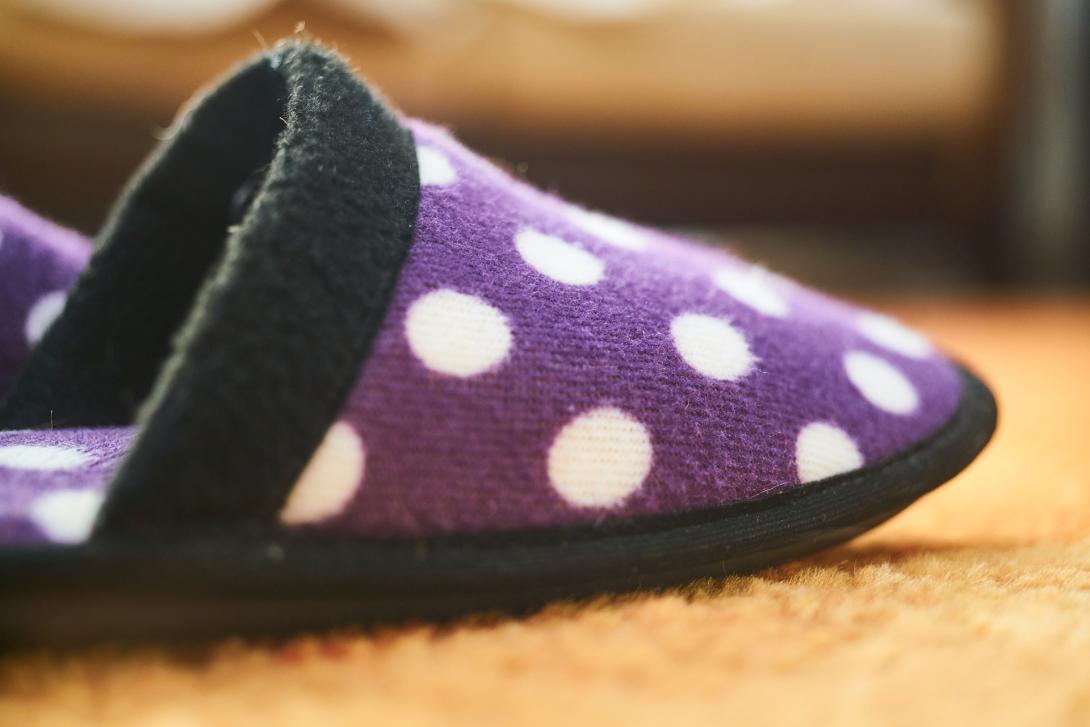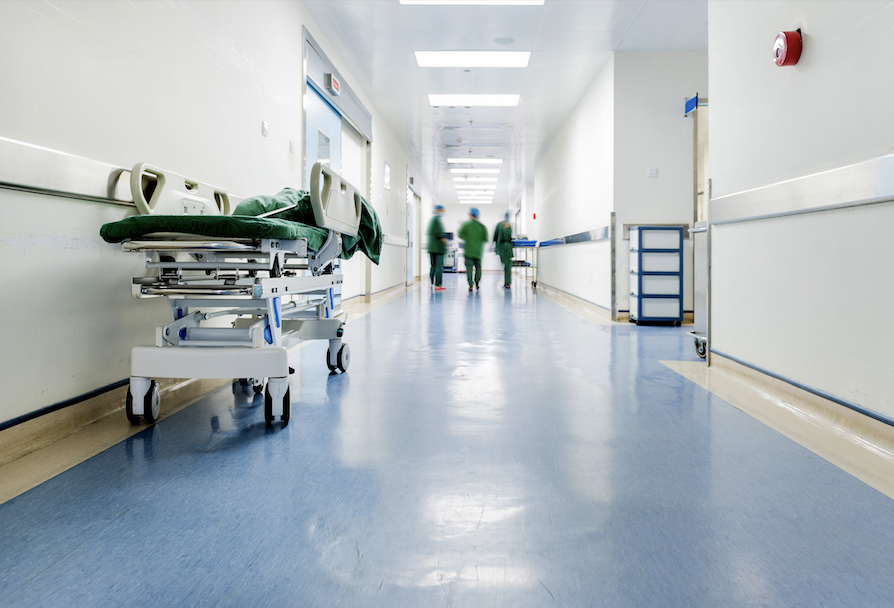Ashley Martin, public health project manager at The Royal Society for the Prevention of Accidents, looks at why installing and maintaining appropriate flooring is key in preventing falls and trips, especially among the elderly
For many years, The Royal Society for the Prevention of Accidents (RoSPA) has campaigned to prevent falls, particularly among older people. Although falls can cause injuries at all ages, figures start to increase dramatically as we get older. One in three people over 65 will experience a fall that requires hospital treatment. The most recent figures showed over 316,000 hospital admissions and 4,500 deaths as a result of a fall, with over 75s being the most at risk of serious injury.
Different types of more slip resistant flooring may play a role in preventing falls, while there is some evidence that flooring which has some level of shock absorbency, or ‘compliant’ flooring, as it is sometimes known, may reduce injuries from falls. A recent review of studies into flooring has shown that there are potential benefits of shock absorbent surfaces. However the evidence is not clear and additional research is needed to confirm whether this would be a cost effective strategy in reducing falls. While introducing compliant flooring may have some application in the nursing and care home setting, further research is needed to establish whether such flooring would result in increased physical demands for workplace staff. Additional research would also be required to determine whether this is a solution that can be applied cost-effectively in the homes of those who still live in the community, where the majority of falls occur.
There has been some research indicating that installing underlay under carpets can help to reduce impact in the event of a fall. In addition, a research programme at the University of Otago has found that Low Impact flooring reduces the severity of injury compared to vinyl flooring.
There are steps in relation to flooring that can be taken in the home to reduce the risk of a fall occurring. Carpeted floors may provide a more secure footing as long as they are in good condition. Worn or frayed carpets will inevitably provide tripping hazards. Stair carpets need particular attention bearing in mind the potential seriousness of a fall on stairs. Avoiding the use of rugs on polished floors is very important. Rugs may also present tripping hazards if they are not secured down as inevitably they make a floor surface more uneven. Mopping up spillages will also help to prevent slips and trips.
While installing flooring that helps to cushion a fall when it happens may be a useful passive measure to reduce physical injury, this may not help reduce the fear of falling and is unlikely to prevent falls from happening. The best key messages need to be the things that people can do to prevent falls.
Here are five key tips:
1 - Take steps to maintain and improve strength and balance
Exercises that improve our strength and balance will help to develop the right muscles to protect us from falling. We naturally lose muscle strength as we get older but simple exercises will help us to retain this.
2 - Check the environment for falls hazards
This includes: good quality flooring; good lighting; safe steps and walkways with handrails on both sides of stairs and steps; and removing any confusing visual patterns that reduce the distinction between changes in levels.
3 - Check medication
For those who take medication, perhaps for long-term conditions, the number of items we take can mount up over time, sometimes without us really noticing. It is known that when we take four or more types of medication that we are more at risk of falling. Regular Medicine Use Reviews are essential.
4 - Check eyesight
Regular eye tests are a vital part of any health routine, and can be important in helping to diagnose outstanding health problems which would otherwise go undetected as well as in protecting people from falling. If you are over 60 you are entitled to a free NHS eyesight test as often as you need one.
5 - Check footwear
Worn and poorly fitting shoes or slippers have been involved in many falls. Shoes that fit well protect and support the feet will improve balance and stability.





